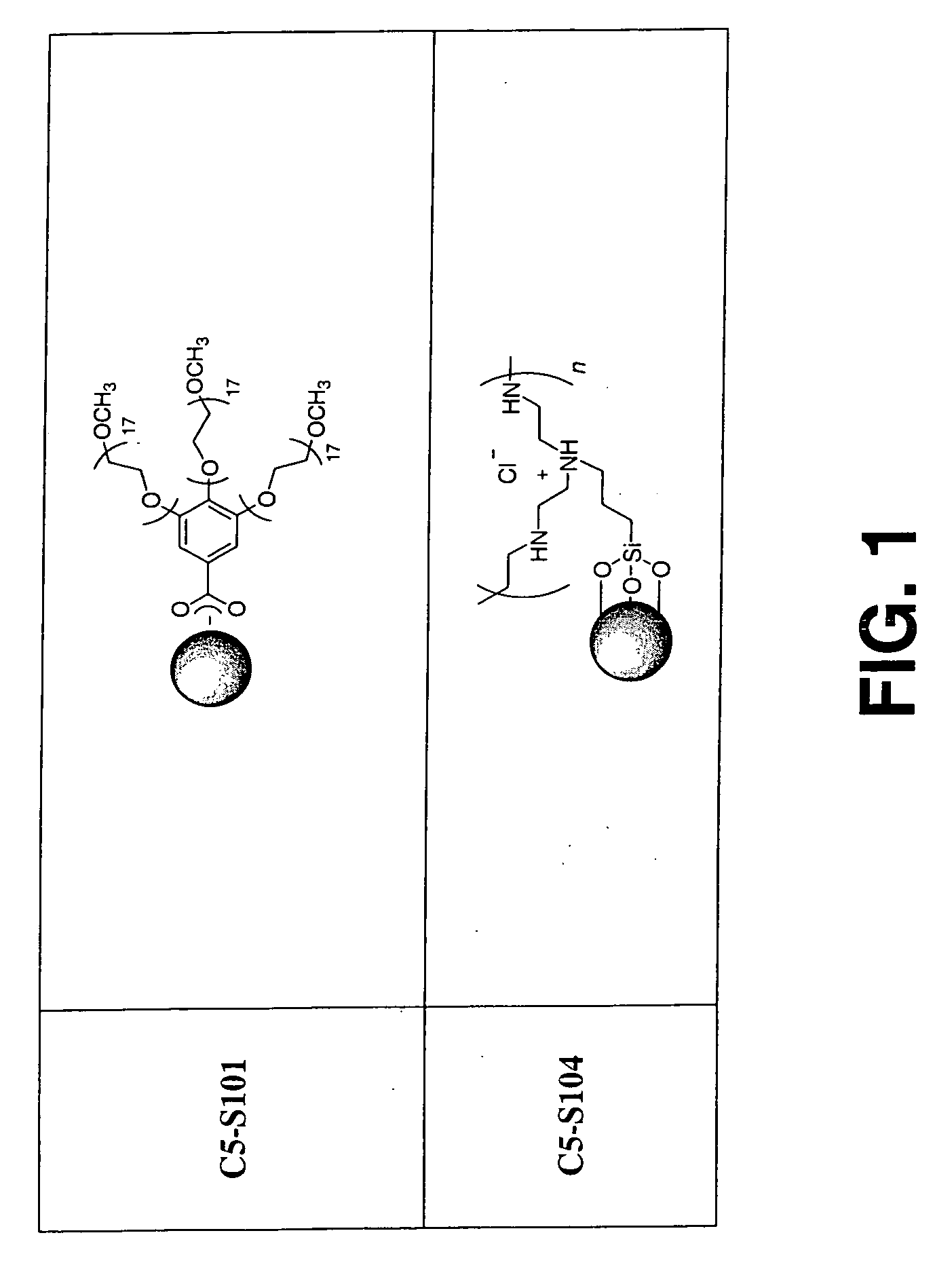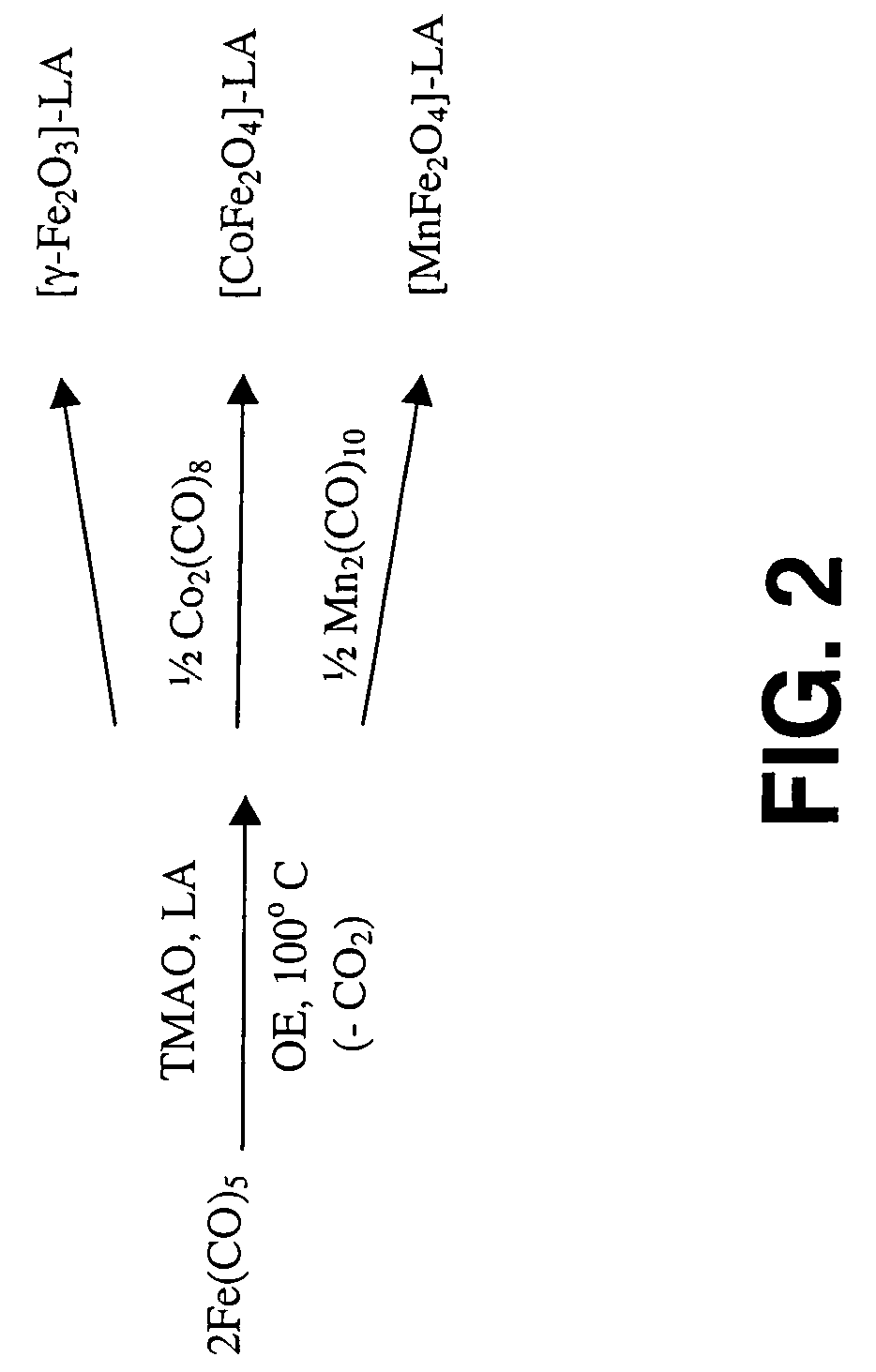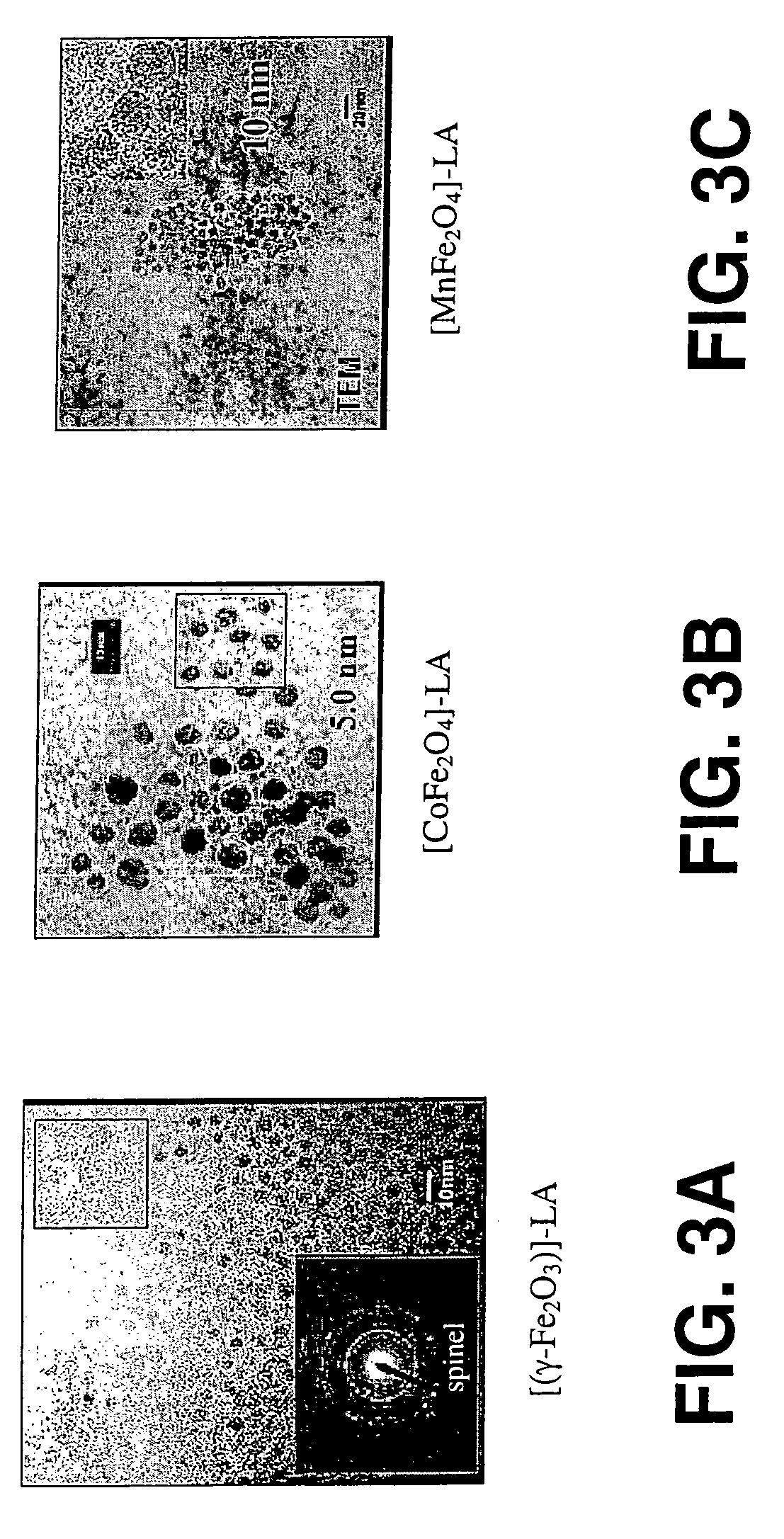Imaging inflammatory conditions using superparamagnetic iron oxide agents
a superparamagnetic iron oxide and inflammatory condition technology, applied in the field of magnetic resonance imaging (mri) using superparamagnetic iron oxide (spio) agents, can solve the problems of short blood circulation time, adverse clinical reactions, and potential toxicities of paramagnetic contrast agents, and achieves improved inflammatory response cell uptake, low toxicity, and good tolerated effect of inflammatory response cells
- Summary
- Abstract
- Description
- Claims
- Application Information
AI Technical Summary
Benefits of technology
Problems solved by technology
Method used
Image
Examples
specific embodiments
[0059] In one aspect, the present invention depends upon the discovery that SPIO agents may be optimized for efficient uptake by inflammatory response cells (e.g., monocytes circulating in the blood, macrophage cells in tissue, dendritic cells (DCs), polynuclear monocytes (PNMs), eosinophils, and T cells) to facilitate imaging of inflamed tissue and manage conditions associated with infiltration and accumulation of inflammatory response cells. Representative conditions associated with the infiltration and accumulation of inflammatory response cells may include autoimmune disease, vascular disease, and neurological diseases.
[0060] Thus, in a first series of embodiments, the present invention provides methods of imaging an inflammatory condition in a mammal comprising introducing a SPIO agent including a superparamagnetic core and a cationic coating into inflammatory cells in vivo or ex vivo, permitting the inflammatory cells to migrate to inflamed tissue, and imaging the inflamed ti...
examples
[0075] Practice of the invention will be still more fully understood from the following examples, which are presented herein for illustration only and should not be construed as limiting the invention in any way.
Nanocore Synthesis
General Synthesis of Nanocrystal Core
[0076] Provided herein are synthetic methods based on organometallic chemistry that generate soluble, crystalline, and monodisperse magnetic nanoparticles in a one-pot reaction. High-temperature oxidative decomposition of iron pentacarbonyl, used exclusively or in combination with various first-row transition metal carbonyls, are used to generate unagglomerated, superparamagnetic (spinel ferrite) crystalline nanoparticles in the presence of surfactant and a mild oxidant in one-pot as shown in FIG. 2.
[0077] Using the disclosed methods, organically soluble magnetic nanoparticle cores containing a single metal (e.g., γ-Fe2O3 / Fe3O4 spinel) or multiple metals (e.g., MnFe2O4 spinel, Mn-ferrite) may be produced. The non-w...
PUM
| Property | Measurement | Unit |
|---|---|---|
| size | aaaaa | aaaaa |
| size | aaaaa | aaaaa |
| size | aaaaa | aaaaa |
Abstract
Description
Claims
Application Information
 Login to View More
Login to View More - R&D
- Intellectual Property
- Life Sciences
- Materials
- Tech Scout
- Unparalleled Data Quality
- Higher Quality Content
- 60% Fewer Hallucinations
Browse by: Latest US Patents, China's latest patents, Technical Efficacy Thesaurus, Application Domain, Technology Topic, Popular Technical Reports.
© 2025 PatSnap. All rights reserved.Legal|Privacy policy|Modern Slavery Act Transparency Statement|Sitemap|About US| Contact US: help@patsnap.com



